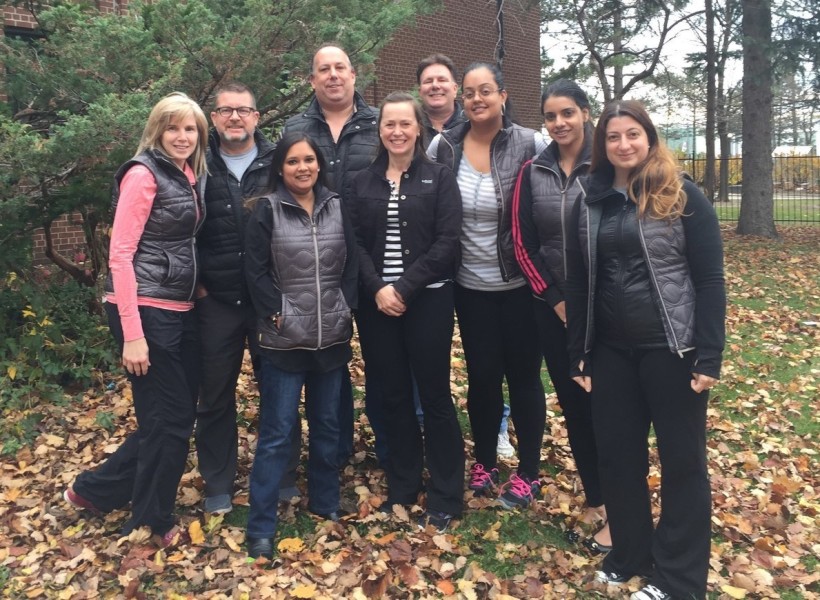Fusion Career Services Staff Update First Aid and CPR Skills – Workplace Training
The Fusion Career Services and Labour Source team spent some time this past week updating our emergency first aid and CPR skills. It was a fun day! Even though it was a long day, it was worth it. We all learned and practiced some important, potentially lifesaving skills while sharing a few laughs.
What we Learned?
Our emergency first aid training taught us:
- How to assess and respond to an emergency situation.
- When and how to perform CPR.
- When and how to use an AED (Automated External Defibrillator).
- When and how to help someone choking.
- How to bandage serious wounds.
Why First Aid training is Important for Everyone?
Everyone will eventually encounter an emergency situation – at work, at home, while commuting, traveling or in the community. The first aid skills you will learn could potentially save someone in your family, a co-worker, someone in your community or a stranger. If you have children, aging parents or if someone in your family has health issues that put them at risk of heart attack or stroke you will want to seriously consider becoming first aid certified.
I Don’t Have Time to Get Trained
One reason first aid training is time consuming is because training requires practice. It takes time and effort to learn a new skill. Even if you have been trained in the past, if you do not use the skills you quickly forget them. A typical emergency first aid course is about 8 hours. A significant portion of the class will include performing CPR, actually using the AED machine and bandaging a wound. This is time well spent practicing what you have learned.
First Aid in the Workplace – What does the Law Say?
All employers covered by the Workplace Safety and Insurance Act (WSIA) are required to have first aid equipment, facilities and trained personnel in all workplaces. The equipment, facilities and type of training required depends on the size of your workplace. Details are outlined in the WSIA Regulation 1101 – First Aid Requirements.





